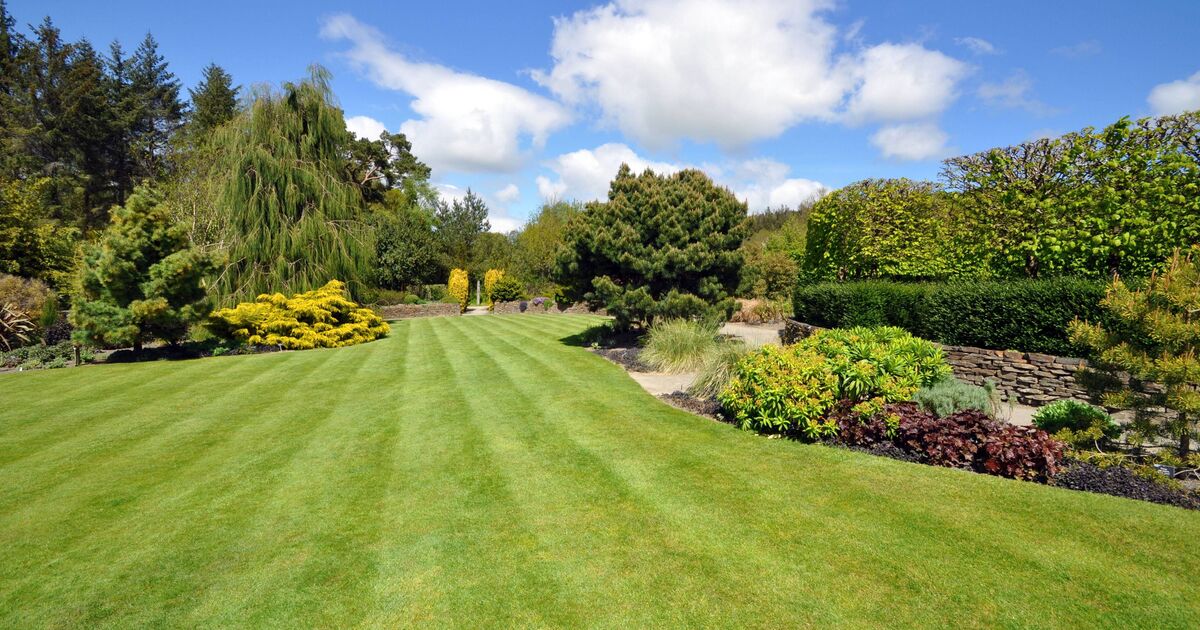Summer’s scorching heat can wreak havoc on our lawns, leaving them parched and lacklustre, but there’s a surprisingly straightforward trick to keep your grass lush and verdant. The secret lies in the very clippings you might be used to gathering up post-mow; these can act as a natural fertiliser, enriching the lawn with nutrients as they decompose.
Gardening guru Larry Hodgson, also known as the Laidback Gardener, has let us in on this nifty technique dubbed ‘grasscycling’. It not only nourishes the lawn but also helps it retain moisture for longer periods. He explained: “In times of drought, a grasscycling lawn stays green longer than a lawn whose clippings have been collected, because by forming a thin mulch, they reduce evaporation and maintain soil moisture.”
He further enthused about the method, saying, “In other words, weedcycling has nothing but advantages and almost no inconvenience. What are you waiting for to put it into practice?”
Grass clippings are excellent at holding moisture, thus cutting down on evaporation and keeping your lawn quenched during those sweltering summer days. These remnants are also rich in nitrogen, an essential nutrient that promotes thicker, healthier growth, ensuring your grass remains vibrantly green, reports the Express.
To make the most of grass clippings for a greener lawn in summer, it’s crucial to mow regularly, utilising shorter grass clippings which break down swiftly and feed the lawn effectively.
Larry detailed: “Longer clippings tend to accumulate, forming unsightly clumps that don’t decompose easily and must be broken up and spread with a rake. Herbicomposting is more effective and easier if you mow frequently.”
For those keen on utilising clippings in the garden, it’s advised to keep the grass at 10 to 12 centimetres during mowing and ensure it doesn’t exceed 15cm in length.
Should your grass be overgrown, adjust your mower to its highest setting and choose a dry day for the task.
Remember not to remove more than a third of the lawn’s height in one go; excessive cutting can stress the grass and deplete soil moisture.
After collecting your clippings, pick a sunny day to distribute them thinly, allowing them to nestle among the grass blades.
Avoid using thick or damp clippings as they can lead to matting, obstructing sunlight, air, and water from reaching the lawn’s roots.
By applying a layer of fine, short clippings biweekly, you’re on track for a lush, emerald green lawn all summer long.

